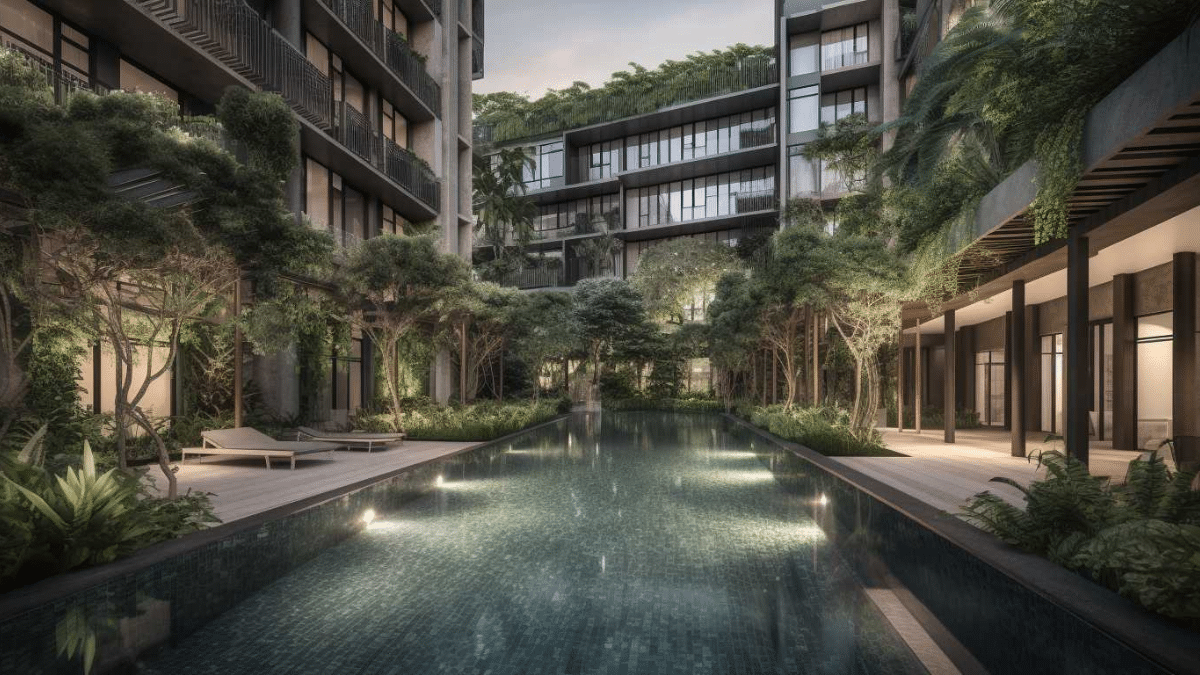The Urban Redevelopment Authority (URA) Master Plan is one of the most influential tools shaping Singapore’s real estate landscape. Updated every five years, this blueprint lays out the government’s long-term vision for land use and infrastructure development. For property investors, understanding the URA Master Plan isn’t just insightful—it’s essential. It helps pinpoint where future growth, demand, and capital appreciation may occur.
Contents
Unlocking Future Growth Areas
The URA Master Plan highlights emerging precincts, upcoming transport corridors, and new commercial hubs. Investors who align their condo purchases with these developments often enjoy the benefit of early entry into high-growth zones. For example, areas with planned MRT lines, business parks, or lifestyle hubs typically see an uptick in property value as these projects are completed.
Take Thomson View Condo, located near Upper Thomson and close to the Thomson-East Coast Line. With future enhancements and transport connectivity highlighted in the URA Master Plan, properties in this district are likely to enjoy stronger demand, both from owner-occupiers and tenants seeking convenience and accessibility.
Transport Infrastructure and Accessibility
One of the key indicators in the URA Master Plan is improved transport connectivity. New MRT stations, expressway links, or bus interchanges can dramatically boost a condo’s appeal. Accessibility directly influences rental demand and resale value, making it a top consideration for investors.
River Green Condo, located in the heart of District 9, already enjoys proximity to existing transport links. However, enhancements like pedestrian-friendly zones, improved cycling paths, or rejuvenation of nearby amenities—as outlined in the Master Plan—can still positively influence property prices and livability in the area.
Lifestyle and Commercial Enhancements
Beyond infrastructure, the Master Plan also reveals the government’s intentions for parks, malls, healthcare facilities, and community hubs. These soft infrastructure improvements elevate the desirability of a neighbourhood and can differentiate one condo from another in a crowded market.
For instance, should the Master Plan include green connectors or new lifestyle precincts near River Green, it would likely strengthen its position as a premium city-fringe residence, appealing to both local and foreign investors seeking quality living environments close to the CBD.
Long-Term Investment Vision
Investors with a long-term horizon can use the URA Master Plan as a crystal ball. It gives a clear picture of how different districts will evolve. This is especially useful for leasehold properties, as capital appreciation is often tied to urban rejuvenation or upcoming amenities.
Properties like Thomson View Condo, located in mature estates with ongoing transformation plans, benefit from the dual advantage of established infrastructure and future upgrades. This positioning makes them attractive for buyers looking to secure assets before prices peak.
Conclusion
The URA Master Plan is more than a planning document—it’s a roadmap for property investors. By studying its updates and forecasts, savvy buyers can identify the most promising condos and districts ahead of market trends. Whether it’s the tranquil appeal of Thomson View Condo or the prime urban allure of River Green, aligning your investment with Singapore’s national development vision can unlock significant long-term gains.

